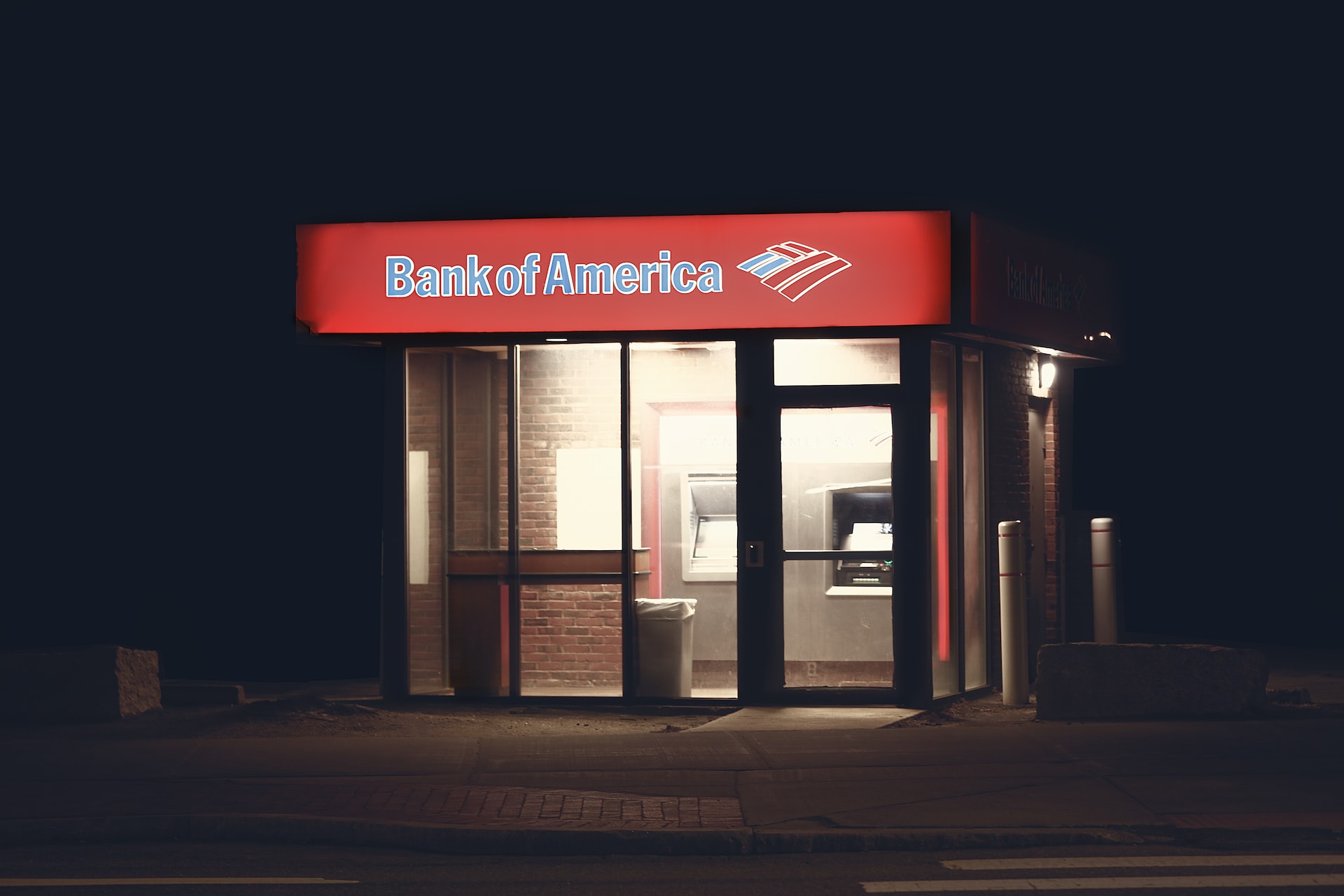Banks allow us to easily store money and access it for purchases, but some banks are better than others. Some customers are unhappy with the minimum deposit requirements, hidden fees, and other disadvantages at their current bank. It’s natural to think of making a switch if you find a better choice, but anything with finances can get complicated. We will share the details on how to switch banks so you have a seamless experience.
Are You Considering Switching Banks?
If you’re thinking about making a switch, you’re not alone. 28% of people consider making a switch, and 40% of those people follow through on it. Consumer loyalty has been declining in recent years, making them more likely to search for the best option instead of continuing to work with the same brands. This mentality transfers to the banking industry, and companies have to offer more incentives to keep their customers. In addition, fintech companies have more capabilities than traditional banks since they have far less overhead.
Reasons Why You May Want to Switch Banks
People have many reasons to switch banks. We have compiled a list of common reasons people switch to another bank:
- Better loyalty and rewards programs: If you get more cash back on every purchase by working with another bank, it may make sense to switch.
- Higher interest rate on savings accounts: Some banks, especially digital ones, let you earn a bonus on your savings, which is typically higher than the national average.
- Security features: If a bank gets hit with a cyberattack, it becomes less desirable. Customers want confidence that their personal information and funds will not get stolen.
- Better digital features: Customers expect more from banks than money storage. Some banks make it easier to invest in assets, track your spending, improve your money management, and get rewards. Customers will work with a different bank if they believe it has more to offer.
- The mobile experience: Many banks have mobile apps, but some of those experiences are better than others. 97% of millennials use mobile banking, and if they don’t like what their bank has to offer, they can switch to another. With brand loyalty decreasing, it’s more realistic to expect customers to switch banks.
- Poor customer service: If customers do not enjoy their time talking with representatives or feel like they get poor service, they will look for other solutions.
Steps on How to Switch Banks
Switching banks can help you access better financial resources, loyalty rewards programs, and other perks. Using a different bank represents an investment in your future. These steps will make the entire process as seamless as possible.
1. Do Your Research
You shouldn’t switch banks on a whim or choose the first option you find. Instead, review multiple banks and compare all of their features before making a switch. If you look at many banks, you will feel more confident with your final decision.
2. Decide Your Must-Have Features and Services
Each person has different financial needs and desires. Some people want to invest in crypto, while other people prefer different assets. You may want a bank that lets you set healthy spending limits, but others may not care for that feature.
3. Compare Banks and Accounts
Reviewing each bank’s advantages and disadvantages will give you more information. Collecting information on multiple banks will help you find the right one for you. After creating a shortlist of banks, you should dig deeper and compare accounts. You might know which bank makes sense for you, but each bank lets you create several accounts. You should know the best type of account to create before getting started with a new bank.
4. Track Your Payments, Subscriptions, Deposits, and Other Services at Your Old Bank
You can transfer money from your old bank account to your new one, but you can’t transfer data. Some banks let you download documents that summarize your data, but you should also look through your transaction history. Looking at this data reveals the income and expenses still attributed to your old bank account.
You don’t want an automatic payment from your employer arriving at your old bank account. You also don’t want to miss out on bills because you have an outdated account as the payment method. List these income streams and expenses so you can input the new bank account number once you have it.
5. Open an Account in Your New Bank
After you have tracked your financial activity and researched other banks, it’s time to open an account at your chosen bank. You don’t need much to open a new bank account. If you provide a personal identification document such as a driver’s license along with a proof of address (i.e., mortgage or lease document), you can open a new bank account. Some banks also have minimum deposit requirements. For these banks, you would also need those funds ready to go before creating an account.
6. Start Transferring Your Information to Your New Bank
Put in your name, home address, email, and every detail from your old bank account to your new one. Moving your information to a new bank makes the switch feel official.
7. Send Your Remaining Funds to Your New Account
You’ve done most of the groundwork. Now, it’s time to transfer your funds from your old account to your new account. It’s at this moment that you begin capitalizing on a higher savings rate, investing opportunities, and similar opportunities involving your money. You can transfer all of your funds from your old bank account to a single new bank account. You can also create multiple bank accounts with your new bank and group funds based on your financial goals.
8. Don’t Forget to Close Your Old Account
Once you have transferred your funds, you can close your old bank account. Closing an old account protects you from fraud, and if you have been paying annual fees, you won’t have to pay them anymore. Closing your old bank account also gives you one less thing to worry about in your finances.
A New Way to Manage Your Finances: Consider Online Platforms
Every consumer should expect superior features from their banks. The best banks don’t stop at storing your cash. They provide money management tools, better returns on your capital, top-tier rewards programs, and other advantages. Many people narrow their search to conventional banks, but expanding your search to online banking opens more opportunities.
Unlike traditional institutions, online banking companies do not have physical branches. Not having a physical presence saves online banking companies considerable money that they pass on to their users. Online banking is a modernized approach to banking that can provide more attractive perks and features than its traditional counterparts.







